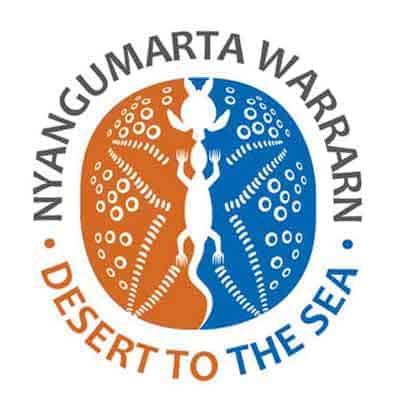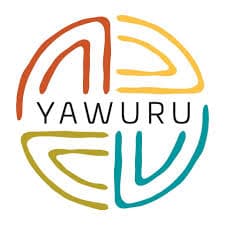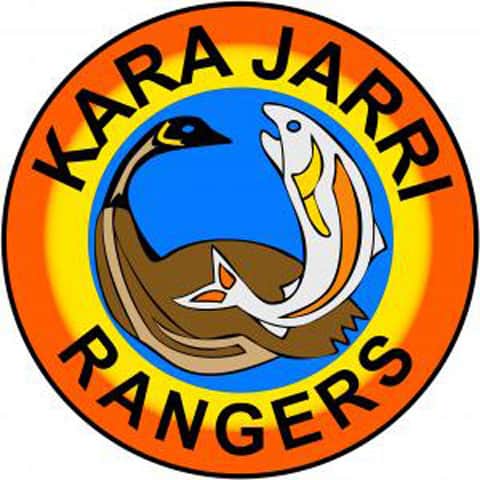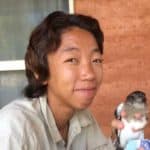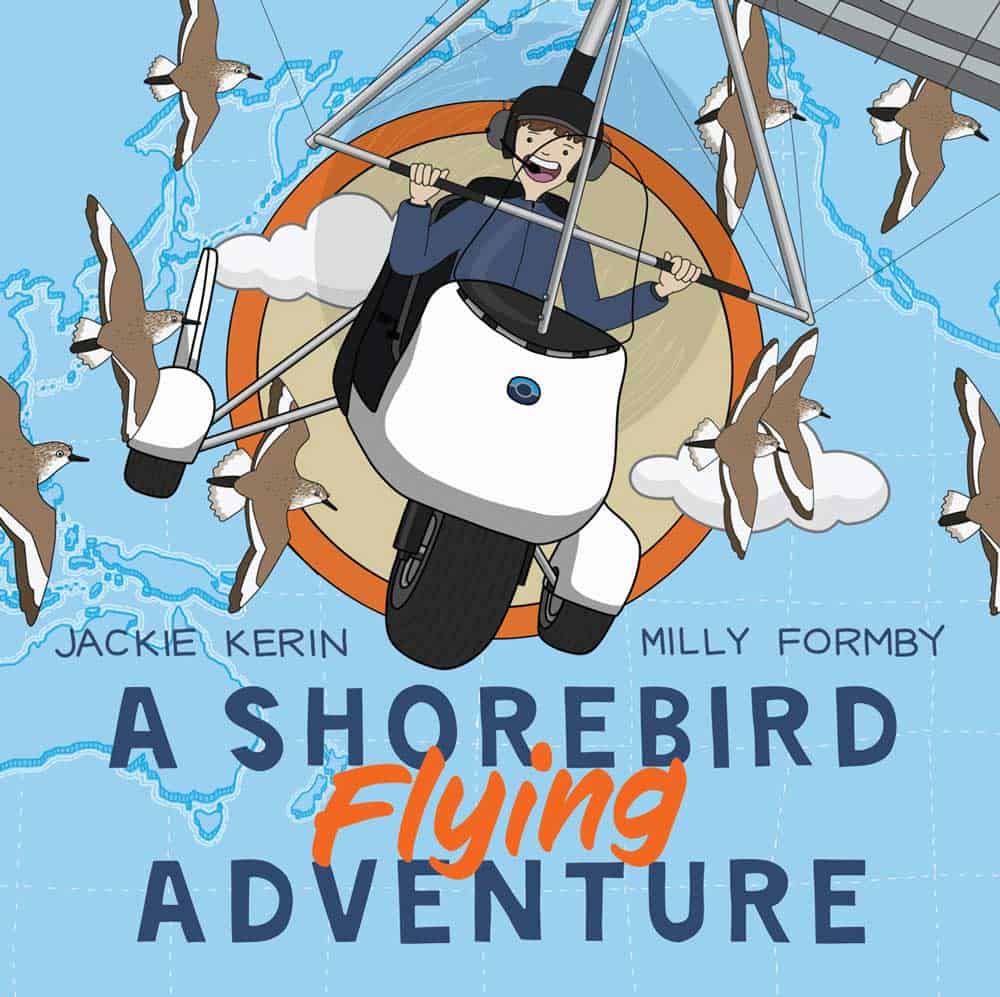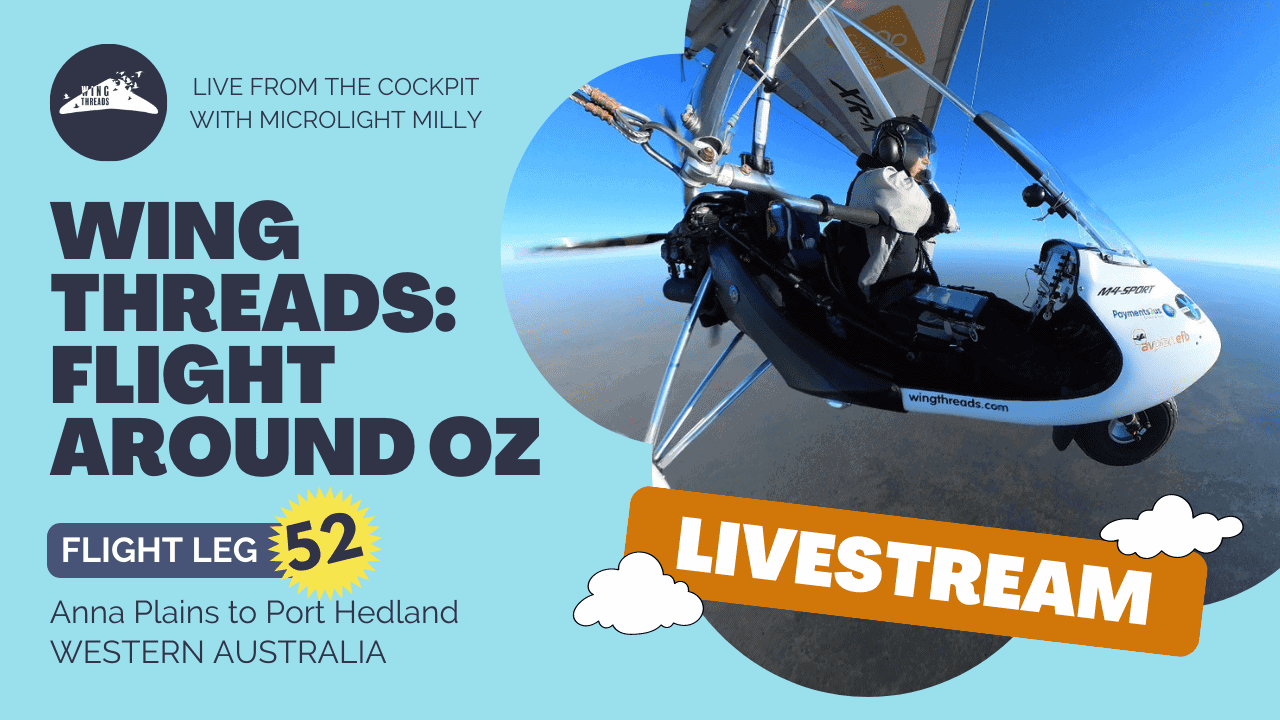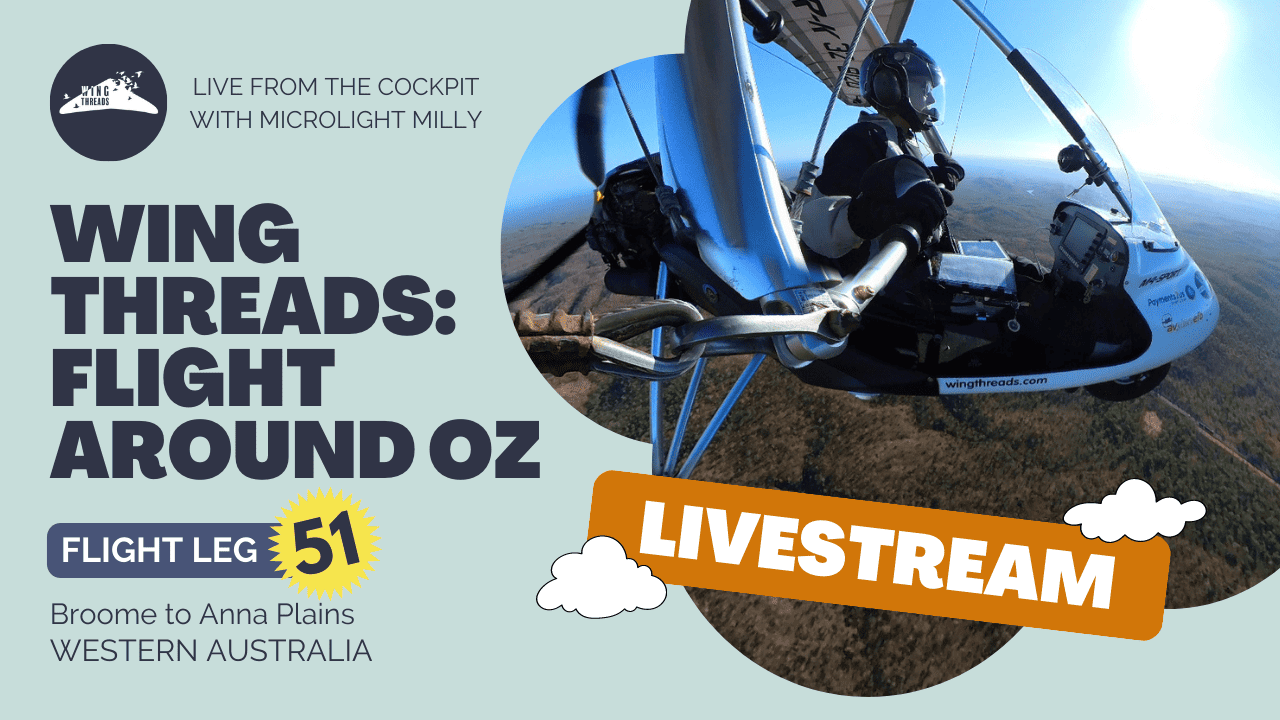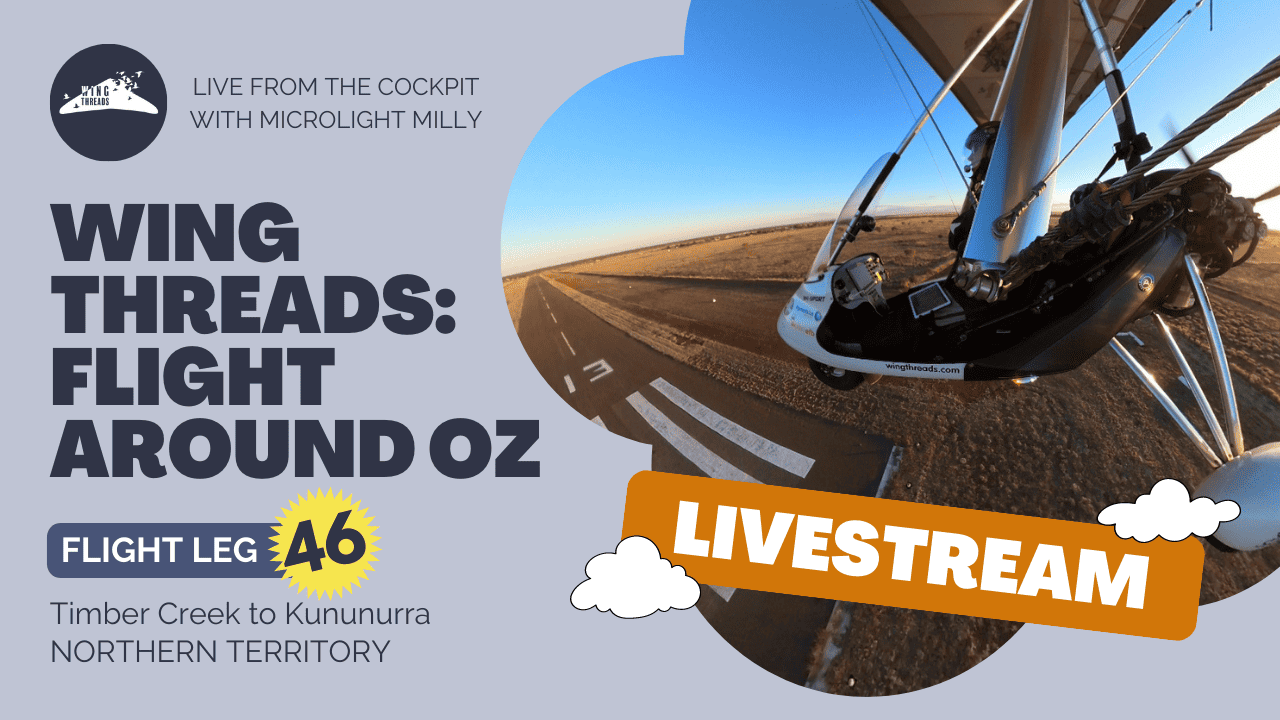Finally, Whimbrel migration is on!
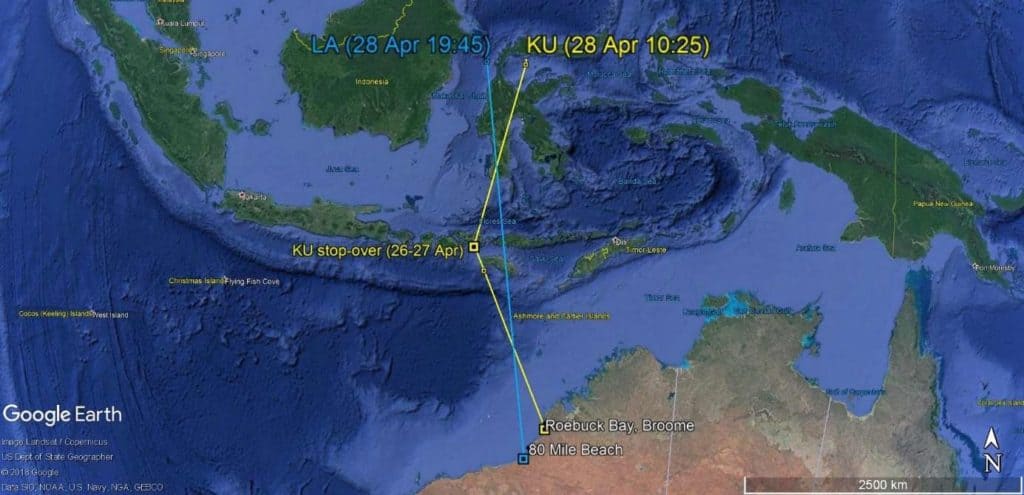

Whimbrel KU departed from Broome on 25th April (3 days later than previous year) after spending 205 days for the non-breeding season in Australia. KU made a change from its previous two years northward migration by making a stopover for one day on the coast of Sumbawa Island in Indonesia, about 400km east of Bali. KU made this 1,082km flight in less than a single day, with minimum speed of 47km/h. On 27 Apr, it started again to migrate travelling another 1,004km to pass the equator at Central Sulawesi on 28th April morning at a similar speed.
LA left Eighty Mile Beach a day later on 26th April (2 days later compared to 2018) after spending the whole 201 days of the non-breeding season within a 10km section of Eighty Mile Beach approximately 40-50km south of Anna Plains Station entrance. Within 2 days it has already travelled 2,272km, crossing the equator with a minimum speed of 45km/h on the evening of 28th April.
We are looking forward to see whether they will make their landing on Mainland China at the same location as previous year(s).
Acknowledgements
Clive Minton
The extensive and expensive satellite tracking program we have set up in NWA has only been possible through the efforts and generosity of a large number of people and organizations. It is difficult to know where to start with the formal acknowledgements so I will list them – but not in any particular order of priority.
- The members of the AWSG NWA 2019 Wader and Tern Expedition and similar NWA expeditions in previous years, are particularly thanked for their efforts in the field in catching, banding and deploying transmitters on a range of species.
- Landowners are especially thanked for permission to go onto their property to enable us to catch various species in order to deploy the satellite transmitters. In particular we thank Anna Plains Station for giving us the freedom to roam over large areas of grazed grassland when counting and catching target species.
- AWSG acknowledges the Yawuru People via the offices of Nyamba Buru Yawuru Limited for permission to catch birds on the shores of Roebuck Bay, traditional lands of the Yawuru people.
- AWSG acknowledges the Karajarri and Nyangumarta people for permission to catch birds to be marked for this project on the shores of 80 Mile Beach, traditional lands of the Karajarri and Nyangumarta.
- The cost of the satellite transmitters, which cost around $5000 each, and the satellite downloading costs (around $1000-1500 per month) have been met by a variety of sources. Private individuals (Charles Allen and Doris Graham) have made most generous individual contributions. Kate Gorringe-Smith and her team of artists involved in The Overwintering Project made a large, generous donation from funds raised during their various public exhibitions. The annual NWA Expedition members, collectively, also provided significant funds each year.

